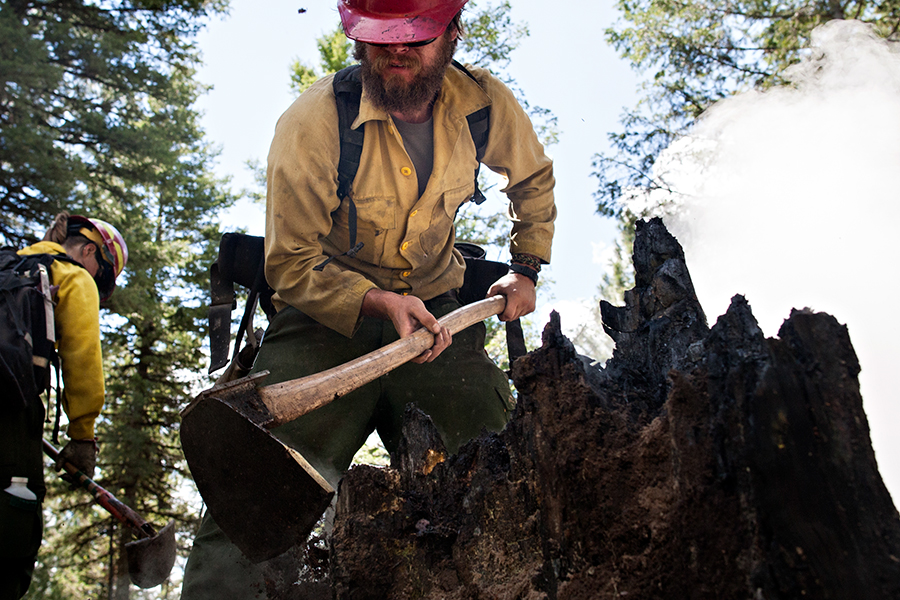Wildland Fire Agencies Prepare for Altered Protocols
Officials are strategizing how to enter the wildfire season safely amid COVID-19 pandemic
By Maggie Dresser
As the COVID-19 pandemic continues to remain at the forefront of the nation’s focus, officials are strategizing how to safely manage wildfires as the pre-season kicks off in Northwest Montana.
While fire crews normally work in tight-knit groups during training and throughout the season, the U.S. Forest Service and other agencies are preparing for altered operations to comply with social-distancing guidelines and to prevent COVID-19’s spread.
“Wildland fire agencies will alter many of their typical preseason preparation and requirements to embrace best management practices … to reduce employee exposure to COVID-19 community spread,” Flathead National Forest Public Affairs Officer Lauren Alley said.
Flathead National Forest officials are planning in close coordination with state and local partners to safely operate this wildfire season, although those plans have not been officially established yet. Officials have discussed using “virtual training to the extent practicable,” Alley said.
Wildland firefighters often experience high-density living and working conditions, as well as a transient workforce, and officials worry that such environments will make it difficult to mitigate COVID-19’s spread if it’s introduced, according to the National Wildfire Coordinating Group (NWCG). Occupational hazards including smoke, heat, fungus, fatigue and physically demanding work could also increase the likelihood of disease transmission.
“Firefighting is all about teamwork and it’s all about working together,” said Ali Ulwelling, a spokesperson for the Montana Department of Natural Resources and Conservation.
The NWCG is offering general guidance, which includes recommendations from the Centers for Disease Control and Prevention (CDC).
Guidance includes pre-planning and control strategies with proper Personal Protective Equipment, taking preventative measures with sanitation practices, managing suspected and confirmed COVID-19 cases with isolation and quarantine measures and rapid intervention.
While local plans are still in the works, Alley says protocols will be integrated into the national Wildland Fire Response Plans, which will be available to Geographic Areas, Incident Management Teams and local units.
The U.S. Department of Interior and Department of Agriculture wildland fire agencies and state and local partners will use the Infectious Disease Guidelines for Wildland Fire Incident Management Team’s recommended guideline, Alley said.
“Wildfire season isn’t going to stop,” Big Mountain Fire Chief Ben DeVall said. “It’s going to be interesting.”